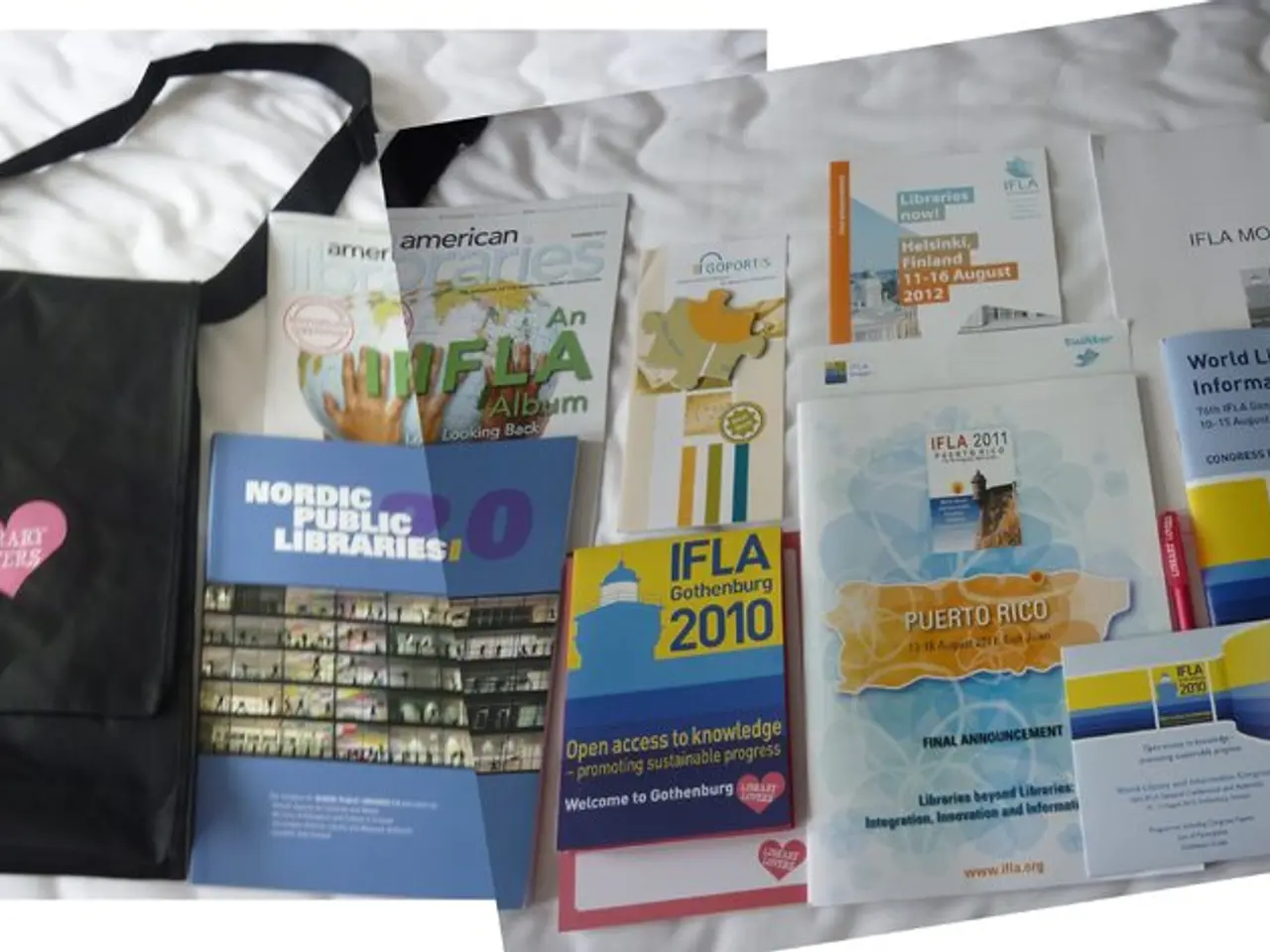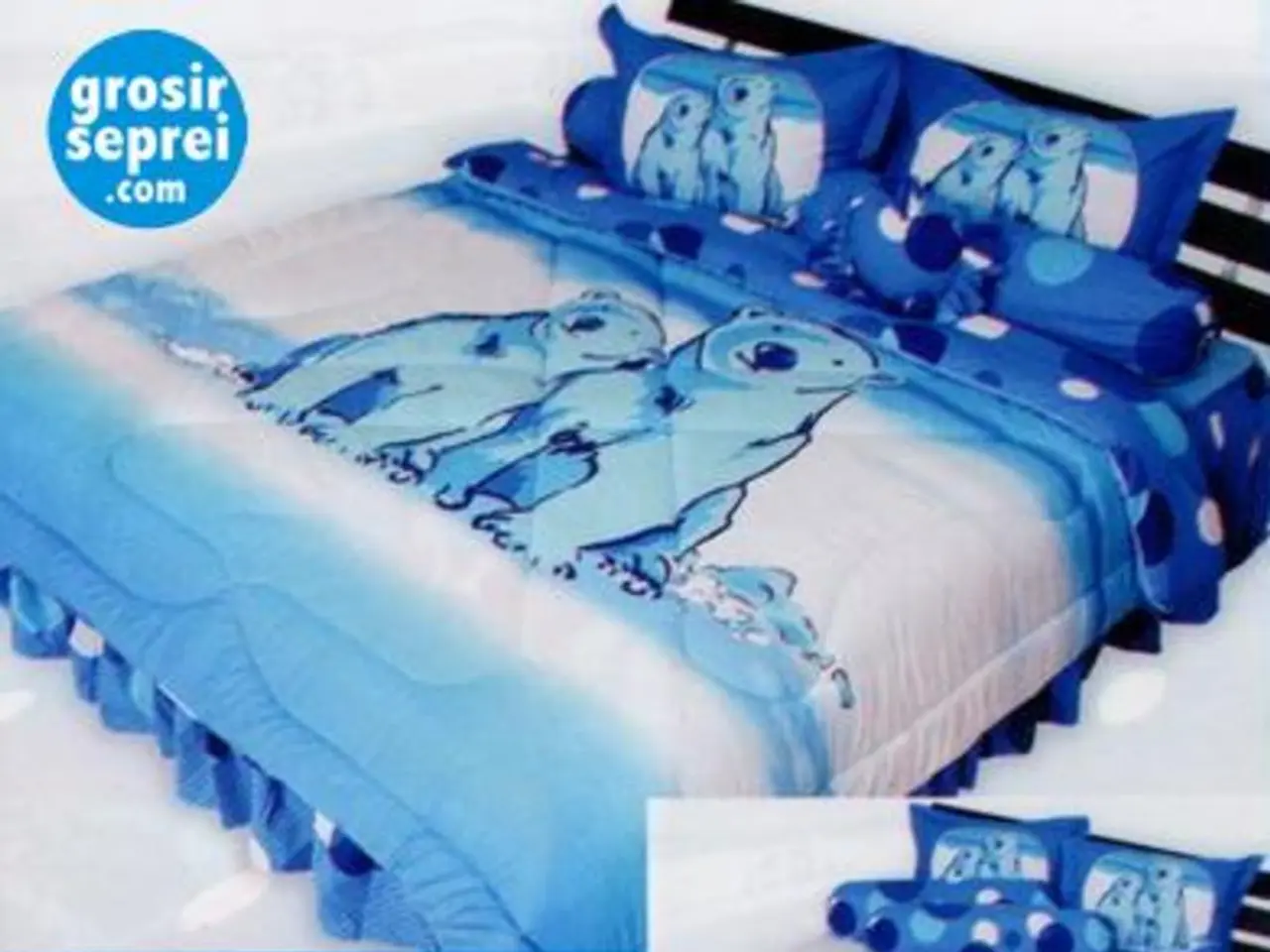Guide on Preventing a Knitted Sweater from Fraying During Cutting
For those seeking to alter their knitted sweaters without the use of a sewing machine, hand-sewn reinforcement is the key to success. This method, while not as strong as machine-sewn steeking, can be used for minimal cuts or areas that will not be under much stress.
## Materials Required
- Scissors - Tapestry (darning) needle - Matching yarn - Stitch markers or contrasting thread - Measuring tape
## Preparation
Lay the sweater flat to ensure it is smooth and even. Identify the line where you want to cut—this could be for shortening, reshaping, or customizing the fit. Mark the cutting line with stitch markers or a contrasting thread to guide your work.
## Securing the Cut Edge (Alternative to Machine Steeking)
Without a sewing machine, you must manually reinforce the area to be cut to prevent unraveling. Thread a tapestry needle with matching yarn and work a crocheted or hand-sewn slip stitch along both sides of your marked line. This mimics the function of a machine-sewn steek and helps stabilize the stitches.
## Cutting the Fabric
Carefully cut along your marked line, ensuring you do not cut into your reinforcement stitches. Do not pull the yarn ends after cutting, as this could dislodge your reinforcement.
## Finishing the New Edge
Unravel any excess fabric down to your desired length if shortening (optional). Pick up stitches along the new, now-secured edge using knitting needles, if necessary. Re-knit the hem or edge as desired, and bind off loosely to maintain elasticity. Weave in all ends neatly.
## Tips and Considerations
- Hand-sewn steeking is not as strong as machine-sewn steeking, so use only for minimal cuts or areas that will not be under much stress. - Testing on a swatch can help you refine your technique before working on your finished garment. - Heavier yarns and non-superwash wools hold steeking better due to their natural stickiness.
## Summary Table: Steeking Methods
| Method | Securing Before Cutting | Suitability for Finished Sweaters | Notes | |------------------------|------------------------------|-----------------------------------|------------------------------------| | Machine Steeking | Zigzag stitches with machine | Less common/best for knitting-in | Strong, fast, less risky | | Hand-Sewn Steeking | Crocheted or slip-stitched | Possible but riskier | Requires patience and care | | No Reinforcement | Direct cutting | Not recommended | Likely to unravel |
Altering the length of a knit sweater can be done by cutting the hem, while altering the neckline can change its style, for example, transforming a crewneck into a V-neck or boatneck. Steeking a sweater allows alterations such as shortening the length, changing the neckline style, turning a pullover into a cardigan, and facilitating stranded color-work.
However, steeking is an intimidating prospect due to the risk of unraveling if not done correctly. If concerned about unraveling, rub the edges of the cut section together to felt them. The sewing machine technique is best for fibers that don't stick together naturally, such as cotton, linen, and silk. Unreinforced steeking takes advantage of this stickiness, especially for stranded knitting.
Stranded color-work is easiest to knit in the round and then steeked to create sleeves, allowing for even tension and avoiding purl rows. Steeking a sweater allows alterations such as shortening the length, changing the neckline style, turning a pullover into a cardigan, and facilitating stranded color-work.
Due to the versatility of hand-sewn reinforcement, it can be utilized in not only knitted sweaters but also fashion-and-beauty projects such as decorative pillows or hand-knit scarves. Additionally, home-and-garden DIY enthusiasts can employ this method when sewing quilt squares or embroidering on table runners, ensuring a more professional-looking and durable finish for their lifestyle endeavors.




